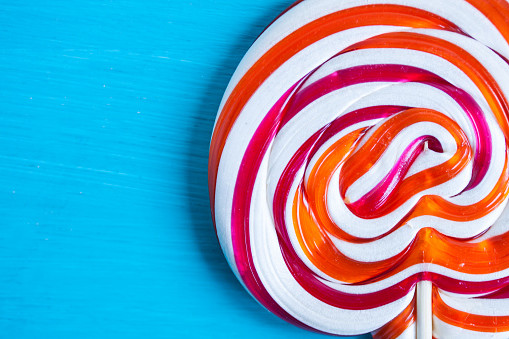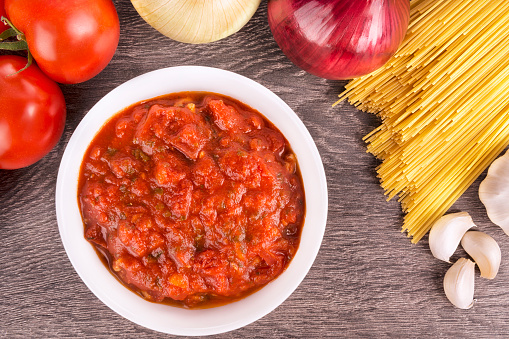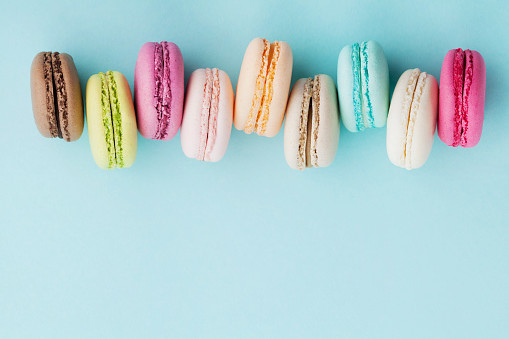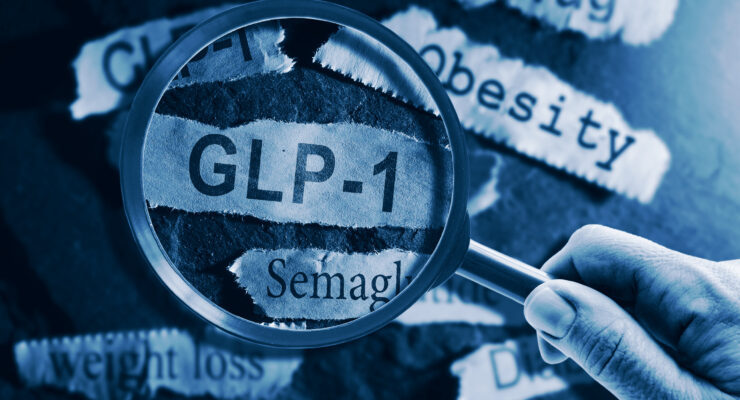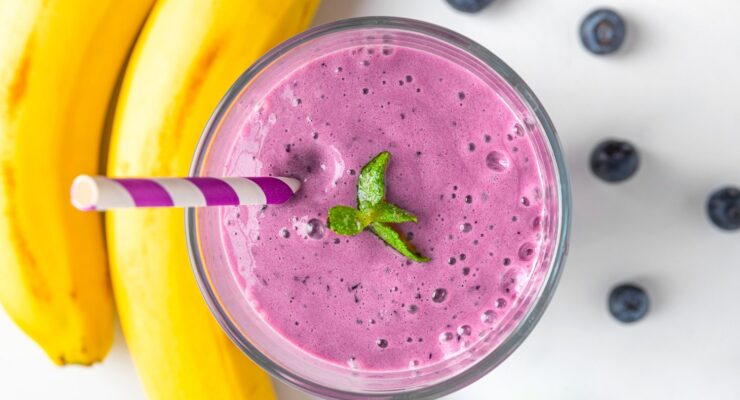Sweet Tooth? What Your Sugar Cravings Mean for Weight Loss
Article posted in: Diet & Nutrition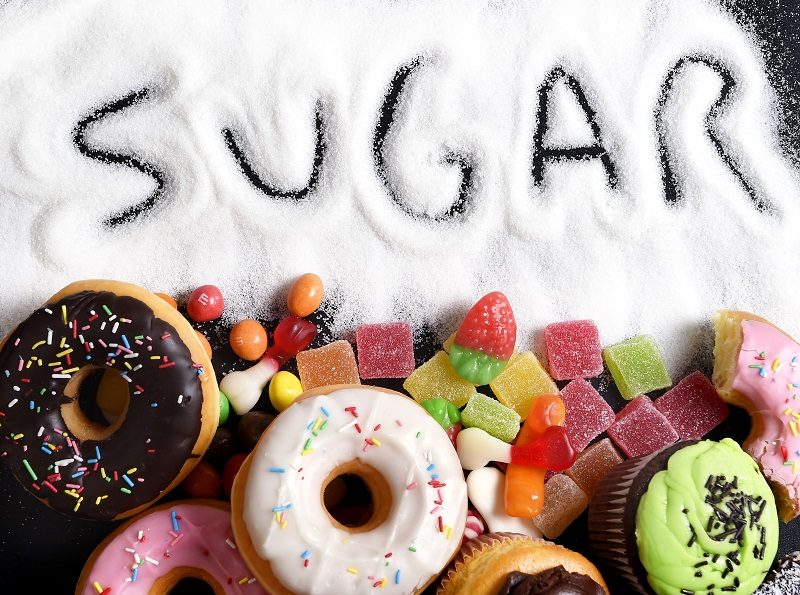
When you start on a weight loss plan, you’re fired up: Your eating is on point, your food is prepped and you’ve got a plan that will help you finally reach your goals. Everything is going great. Then, a big-time craving for something chocolatey, sweet, gooey and rich hits. Your sweet tooth has struck and you’re ready to quit.
Sound like you? You’re not alone. Everybody has cravings when they’re trying to lose weight. Well, almost everybody. According to Science Daily, Tufts University found that 91 percent of dieters in a year-long study experienced food cravings. You’re also not helpless: Many of the participants in that study lost weight, despite having cravings.
Here’s what science says your sweet tooth means and how to deal:
Your sugar craving may just be a craving for calories.

You’ve heard that sometimes when you think you’re hungry, you’re really just thirsty. And that’s true: A study, published in the Journal of Sports Sciences, found that when dieters are slightly dehydrated, they feel less full after meals than when they’re fully hydrated.
Your sugar cravings may be a mistaken signal in the same way. The Tuft University Study mentioned earlier found that dieters who crave sugary or salty snacks, may really just be craving calorie-dense foods, says Science Daily. High fat, sugary snacks just happen to be among the most calorie-dense foods we can imagine. So, you’re not necessarily really hungry for chocolate—you’re hungry for energy.
Fortunately, Nutrisystem plans help with this. Because you eat three nutritious meals and snacks throughout the day, your energy levels won’t dip. This means that you may not feel as many cravings for high calorie foods. Many of our foods are also lower calorie versions of unhealthy, calorie-dense foods. For example, our Vanilla Ice Cream Sandwich and Chocolate Cupcake can satisfy your sweet tooth without sabotaging your weight loss.
Your craving may be hijacking your mind—but you can take it back.

One theory about cravings is that even though they’re in your mind, they’re visual. When you crave a chocolate cookie, for instance, you “see” the cookie in your mind. That seems obvious but the solution may not have occurred to you: Interrupting that in-brain picture show may help reduce your craving for sweets.
In multiple studies, scientists have used the game Tetris to distract people from cravings. A study, published in the journal Appetite, found that participants who played Tetris “had significantly lower craving and less vivid craving imagery.” Another study, published in the peer-reviewed journal Addictive Behaviors, had participants play Tetris for three minutes when they felt a strong craving, while another group simply noted their craving happening. The group that played Tetris reduced their cravings by 13.9 percent compared the group that didn’t interrupt their inner visuals with falling blocks.
Try it! Install a free version of the game on your phone. When you feel a craving coming on, notice it—then open the game and play for three minutes.
Your cravings could mean you’re tired, making weight loss difficult.

When you’re low on sleep, you may crave more sugar. When scientists presented a group of men with a range of beverages of varying sweetness, the men who got less sleep wanted drinks with more sweetness, according to a study in Food Quality and Preference. In a similar study, published in the journal Nutrients, participants who endured a night of reduced sleep wanted sweeter beverages than those who got a full night’s rest. This means that the less you sleep, the more intense your sweet tooth may be.
Losing sleep can make you hungrier in general and sabotage your weight loss. In one study, published in the journal SLEEP, participants who slept seven or more hours were less hungry than those who slept less. So, if you’re trying to calm cravings and lose weight, make sleep a priority.
To improve your shuteye, check out these easy ways to get more sleep.
Your cravings may reduce in frequency over time.

Here’s some good news: Your cravings could decrease over time. Scientists report in the journal Current Opinion in Endocrinology, Diabetes and Obesity that when dieters lose weight, their cravings become less frequent. And as you eat the food you crave less often, your cravings also reduce in frequency. So, practice makes perfect. Sticking to your plan will calm your cravings over time—really!
In the meantime, you have to give in to cravings… sometimes.

Telling someone to avoid the foods they crave is fine advice. But, let’s be real; it’s really hard. That’s why, according to Science Daily, scientists at Tufts University recommend having more control over the amount you give into your cravings, instead of just trying to ignore them. You have to give yourself the foods you crave sometimes.
This is why Nutrisystem works for so many people where other weight loss programs have failed. Instead of saying you can never eat a food that you love, Nutrisystem helps you incorporate them in healthier versions and proper portions. Eating a Nutrisystem treat like the Double Chocolate Muffin—one of our members’ favorite chocolaty foods—doesn’t just satisfy your sweet tooth. This chocolate-packed favorite also delivers 10 grams of fiber, a nutrient that helps you feel full faster and for longer. Your craving will be crushed, your body will have more energy and you’ll be satisfied until your next meal. If you crave sweet foods, Nutrisystem is a win-win-win!

